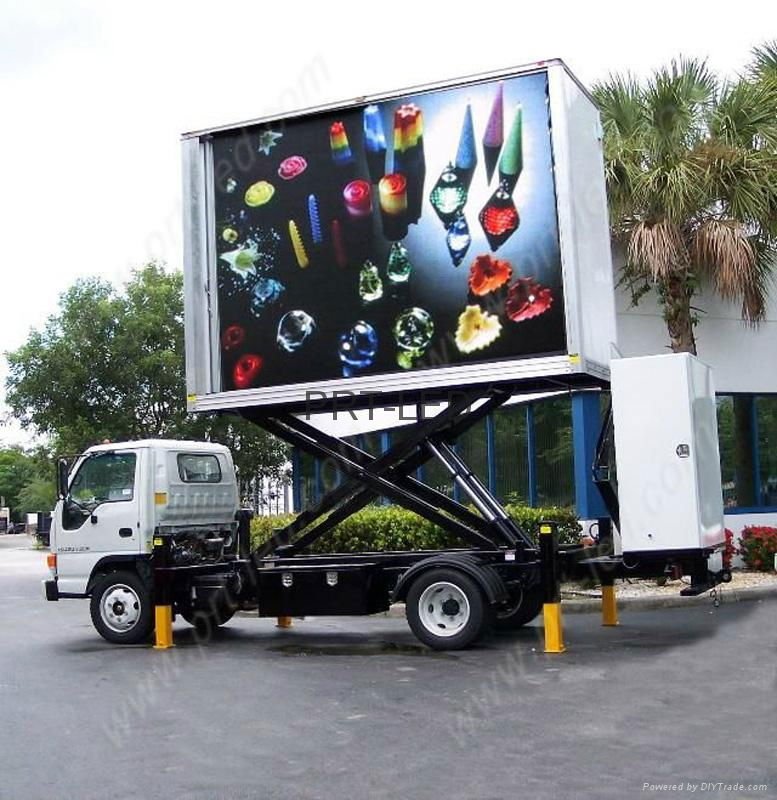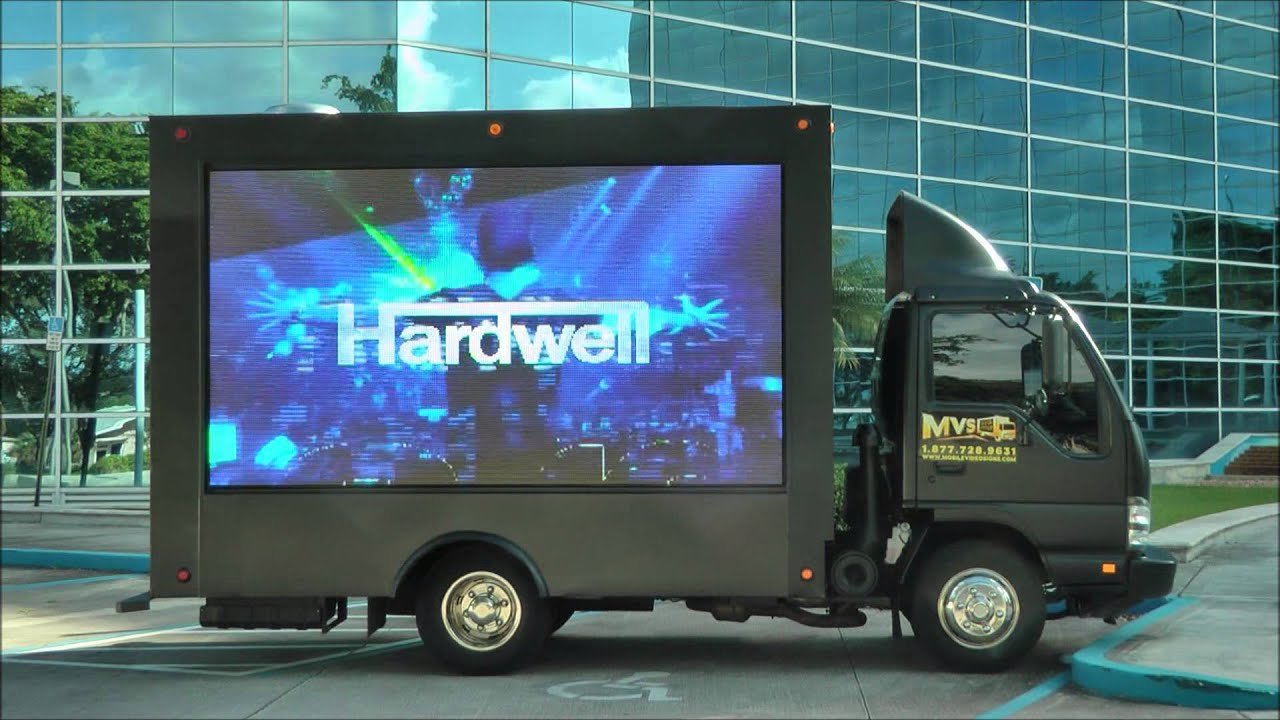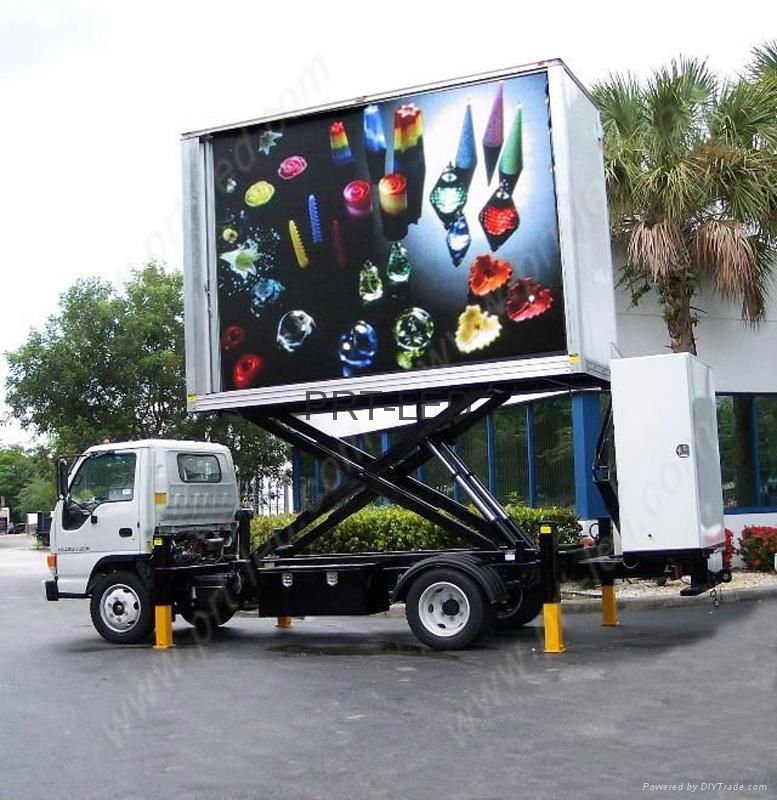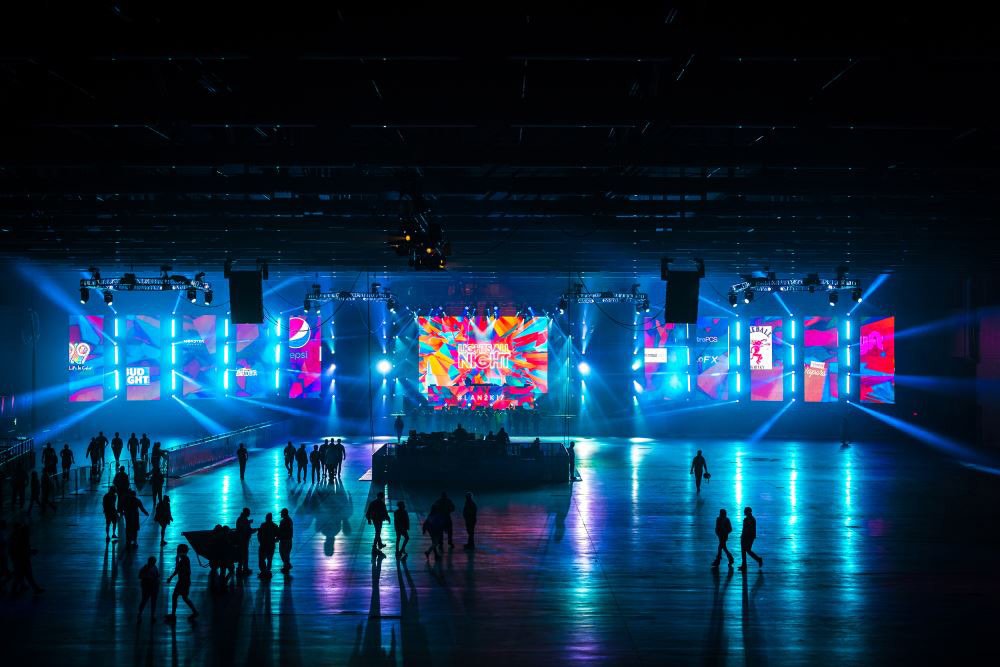In recent years, 3D LED screens have revolutionized the world of advertising and public displays by creating immersive, lifelike experiences without the need for 3D glasses. These 3D LED screens have significantly impacted outdoor spaces, turning simple billboards into captivating visual spectacles. But how do these screens create stunning effects that trick the naked eye into perceiving depth? Let’s explore the principles behind the visual magic of outdoor naked-eye 3D LED screens and how they transform urban landscapes.
What Is a Naked-Eye 3D LED Screen?
A naked-eye 3D LED screen is a display that produces a three-dimensional visual experience without requiring specialized glasses or headsets. This technology is particularly effective in outdoor environments, where large-scale visuals can captivate viewers from a distance. Whether on a busy street, at a shopping mall, or on the side of a skyscraper, naked-eye 3D LED screens add a new level of engagement by creating a sense of depth and movement that feels real.
The Principle Behind 3D LED Screens
At the core of a 3D LED screen lies the concept of optical illusion. These screens utilize high-resolution displays and carefully designed content to create a perception of depth. Here’s how it works:
- Perspective and Viewing Angle: The principle of perspective plays a significant role in the naked-eye 3D LED screen effect. By manipulating the angles at which content is displayed, the screen tricks the viewer’s brain into perceiving depth. When viewed from a specific angle, the 3D visuals appear to pop out or recede into the screen, creating the illusion of three dimensions. The content is designed so that viewers from the right perspective see a fully immersive 3D image, despite the screen being flat.
- High-Resolution Display: These screens rely on high pixel density and vivid colors to make the illusion convincing. The finer the details, the more lifelike the visuals appear. This is especially important in outdoor settings, where the screen must compete with natural light and distance. Advanced LED technology enables bright and sharp images that maintain clarity even in bright daylight, making them ideal for outdoor environments.
- Content Design and Animation: The magic of this screen is not just in the hardware but also in the carefully crafted content. Designers create animations that play with perspective, motion, and shading, making objects appear as if they are moving in and out of the screen. This content is often rendered so that, from a specific angle, objects seem to interact with the surrounding environment, enhancing the illusion of reality.
Benefits of Outdoor 3D LED Screens
The use of naked-eye 3D LED screens in outdoor settings offers several benefits that extend beyond visual appeal:
- High Engagement: The novelty of 3D LED displays naturally draws attention, making them an excellent tool for advertisers looking to captivate an audience. Passersby are more likely to stop and engage with a 3D display compared to traditional 2D billboards. This high level of engagement makes outdoor 3D LED displays a powerful medium for brands aiming to make a lasting impression.
- Enhanced Brand Messaging: By adding a third dimension to their visuals, companies can create more memorable advertisements that stand out from the competition. For example, a product can be showcased in an interactive 3D form, allowing the audience to see it from multiple angles. This increases brand recall and makes the advertisement more entertaining and shareable.
- Versatility in Design: Outdoor 3D LED displays are highly versatile, allowing for creative freedom in how messages are displayed. From realistic animations of products to abstract art that captivates viewers, the possibilities are endless. The ability to integrate 3D visuals into architectural designs also allows companies to harmonize their branding with the building’s structure, enhancing the overall visual experience.
Technological Advancements Driving 3D LED Screens
The growing popularity of naked-eye 3D LED screens can be attributed to ongoing technological advancements. LED displays have become more energy-efficient, with better resolution and lower maintenance costs, making them more accessible for large-scale installations. Additionally, software used to render 3D content has become more sophisticated, allowing for smoother animations and more realistic 3D effects. These advancements have contributed to the widespread adoption of 3D LED screens in outdoor advertising and public installations.
Real-World Applications
Several major cities worldwide have embraced naked-eye 3D LED screens as part of their urban landscapes. From Times Square in New York to Tokyo’s Shibuya Crossing, these large-scale screens are transforming cityscapes into digital art galleries. They are used not only for advertising but also for public announcements, art exhibitions, and entertainment, making them a versatile addition to modern urban architecture.
The rise of naked-eye 3D LED screens represents a significant leap forward in the fusion of technology and visual storytelling. These displays offer a dynamic way to engage audiences in outdoor environments, turning ordinary billboards into interactive, immersive experiences. With their ability to captivate viewers and offer creative flexibility, 3D LED screens are poised to become a staple in architectural design and outdoor advertising.




